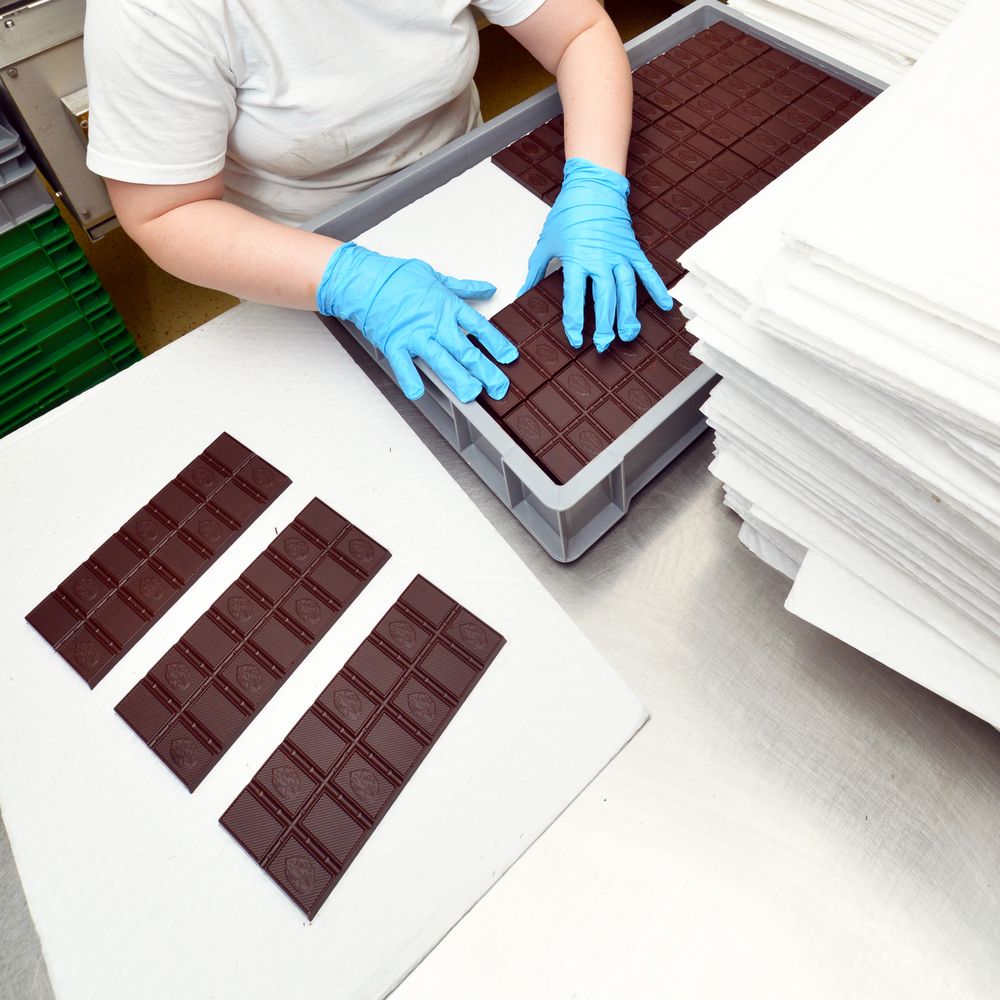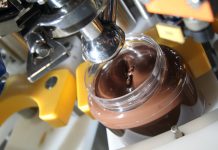 The interest of the sector’s industry in simple analytical methods suitable for the quick and reliable determination of food quality is continuously increasing. In this respect, the thermal analysis is recognized as an instrumental technique that provides unique information about the nature of the samples or the changes caused by industrial processing.
The interest of the sector’s industry in simple analytical methods suitable for the quick and reliable determination of food quality is continuously increasing. In this respect, the thermal analysis is recognized as an instrumental technique that provides unique information about the nature of the samples or the changes caused by industrial processing.
Therefore, a recent study conducted by a group of international researchers (Ostrowska-Ligęza et al., 2018), analysed the effects of each step of the production process on the thermal properties of dark and milk chocolate. In particular, the tests were carried out using Thermogravimetry (TG) and First-Derivative Thermogravimetry (DTG), at a temperature range between 50 and 700°C, with a heating rate of 10°C min-1.
The analysed samples were taken at the end of the main processing steps, i.e.: refining, conching and packaging. The obtained results evidenced the possibility of indicating differences between the various product components, including milk fat, cocoa butter, cocoa paste and sugar, with TG and DTG techniques.
According to the study, it is also possible to detect the oxidation of these components. In conclusion, the authors argue that the proposed method can be usefully used for the rapid analysis of chocolate, especially for the determination of adulteration (particularly fats).
The determination of the melting characteristics of chocolate based on thermal analysis (CTA)
Melting properties are critical to the quality of chocolates, as they influence consumer acceptability, appearance and storage stability of the product. The analytical determination of such properties is generally carried out using rather complex tools, such as differential scanning calorimetry (DSC) or rheological analysis.
A recent study conducted by US researchers (Tan & Kerr, 2018), designed a capacity thermal analyser (CTA) based on the measurement of the capacitance dielectric capacitance as an alternative method for the measuring the melting properties of chocolate. In particular, samples with different fat contents and different particle size distribution (PSD) were used for the test, and the obtained data were compared with those measured by DSC and rheometry. CTA tests were conducted at temperatures ranging from 20 to 60°C.
The results indicate that the device shows some sensitivity to the effects of fat content and of PSD values. Moreover, it has been observed that the values from the CTA are best correlated with the results determined by dynamic thermal rheometry, rather than with those obtained from DSC. Finally, the authors argue that the CTA device provides good repeatability in case of routine tests; furthermore, it is inexpensive and does not require a precise control of temperature ramping as used with DSC of dynamic thermal rheometers.
References: Ostrowska-Ligęza et al., Journal of Thermal Analysis and Calorimetry, 134, 2018, 623-631; Tan & W.L. Kerr, Journal of Food Measurement and Characterization, 12, 2018, 641-649



